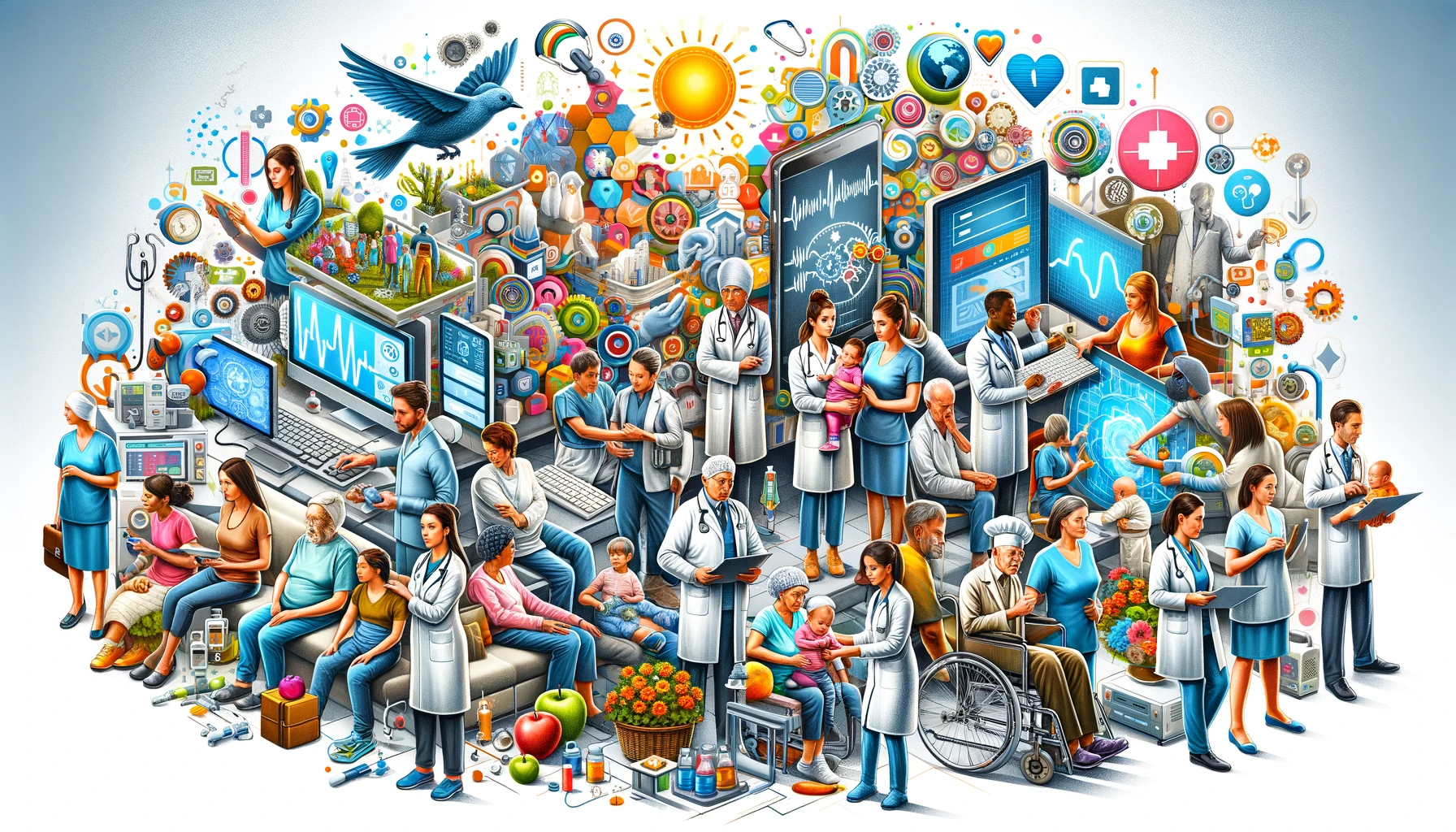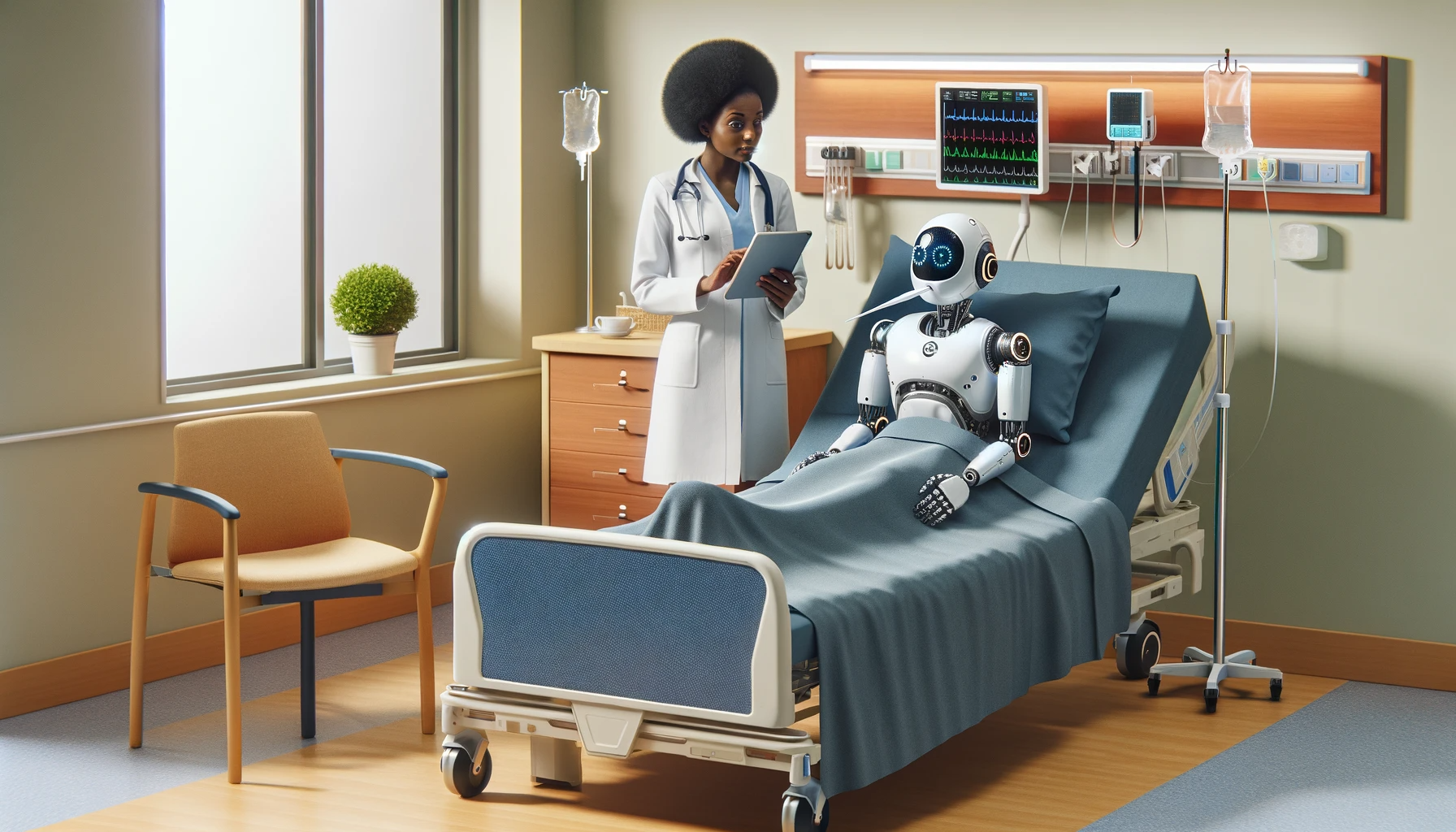Evolutionary change is what happens to each of us all the time. Evolutionary change is gradual, often subtle, but essential to our growth. Revolutionary change is rarer, sometimes unexpected, and often results in a quick …
Continue readingFeatured Articles
First Look – “Future Healthcare 2035: How AI Transforms the Patient-Physician Journey”
As we enter the New Year, filled with new beginnings and fresh aspirations, I am thrilled to introduce my upcoming book, “Future Healthcare 2035: How AI Transforms the Patient-Physician Journey,” a deep dive into the …
Continue readingDoes Private Equity Ownership Enhance Patient Care?
While private equity (PE) strives to reduce costs and increase profits in companies it purchases, a recent JAMA article provides evidence that such purchases lead to an increase in adverse events and an overall decrease …
Continue readingBeyond Human Limits: The Potential and Precautions of AI in Medical Diagnostics
Integrating Artificial Intelligence (AI) in medical diagnostics has been a subject of extensive research and debate. A recent study published in the New England Journal of Medicine AI, “Use of GPT-4 to Diagnose Complex Clinical …
Continue readingDecoding GPT-4 Turbo: A Winter Tale of AI Productivity
A recent study has revealed a fascinating aspect of OpenAI’s GPT-4 Turbo. The study, conducted by LLM enthusiast Rob Lynch, found that GPT-4 Turbo produces shorter responses when it believes the current month is December …
Continue readingNtC 29: Overcoming the Resistance to Change
Warren Buffet, the famous investor, once said, “In a chronically leaking boat, energy devoted to changing vessels is more productive than energy devoted to patching leaks.” Mr. Buffet’s success is due to his ability to …
Continue readingBeyond Medicare: The Far-Reaching Consequences of the Inflation Reduction Act on Drug Costs
The Inflation Reduction Act (IRA) of 2022 broadly impacts prescription drug prices in the United States and changes state Medicaid and employee health plans. The IRA introduces significant modifications to how Medicare pays for prescription …
Continue readingDon’t Believe Everything You Read
When we look to buy something online, we first scan the reviews to see what others are saying about the product. However, we have learned over the years that some reviews are more valuable than …
Continue readingAI Races Ahead with Government Controls Left in the Dust
Considering the frantic pace of artificial intelligence (AI) development, it is hard to envision the government properly regulating AI to facilitate its benefits while limiting its harm. With AI technology available to any nation-state, no …
Continue readingUnderstanding OpenAI’s Q*: Are Computers Capable of Thought Experiments?
The recent development of OpenAI’s Q* algorithm (Q-Star), as described in Shelly Palmer’s article “Understanding OpenAI’s Rumored Humanity-Ending Algorithm,” presents a groundbreaking advancement in artificial intelligence (AI). While still in the realm of speculation, this …
Continue reading










